In its early phases, the Andrés Manuel López Obrador administration seemed keen to explore whether licensing opium poppy for medical purposes was a way to address the significant illegal cultivation of opium poppy, but poppy licensing is not an easy proposition, explains Vanda Felbab-Brown. It is a complex and difficult policy to implement, and its effects on both violence and rural development are highly contingent. This piece was originally published by La Reforma’s Mexico Today.
In its early phases, the Andrés Manuel López Obrador administration seemed keen to explore whether licensing opium poppy for medical purposes was a way to address the significant illegal cultivation of opium poppy. Although President López Obrador’s support today remains unclear, the idea has been enthusiastically endorsed by former Mexican politicians, Mexican think tanks and civil society groups, and even some members of the Mexican military. But poppy licensing is not an easy proposition: In fact, it is a complex and difficult policy to implement, and its effects on both violence and rural development are highly contingent.
The cultivation of opium poppy cultivation in Mexico for heroin production and exports to the United States remains a significant challenge for Mexico’s rule of law and relations with the United States. A magnet for criminal groups and anti-crime militias that violently compete for control of poppy cultivating areas, poppy cultivation ultimately also poses a public health risk for Mexico, easily resulting in heroin use disorder significantly taking off there too. As I wrote in my last column, forced eradication poses a myriad of problems, intensifying violence and local population’s dependence on criminal groups. Yet alternative livelihood efforts have been inadequate and face a myriad of challenges.
The challenges are even greater for licensing poppy for morphine and other medical opiates. For a licensing scheme to take place legally within the current counternarcotics regime, underpinned by the 1961 Single Convention on Narcotic Drugs, two particularly difficult issues would have to be addressed—preventing the diversion of licensed opium into the illegal drug trade and assuring sufficient legal demand for Mexican opium. Mexico could of course withdraw from the treaty and attempt to re-accede to it with exceptions for its opium market.
Preventing the diversion of licensed opium into the illegal drug trade would be extremely difficult in Mexico, given the lack of security and the lack of state presence in large parts of the country. “The concentrate of poppy straw” method avoids the collection of opium gum and hence minimizes the chance that the opium could be converted into heroin. Its adoption in Turkey successfully prevented the leakage of licensed opium into the illegal trade there. On the other hand, the failure to adopt this method in India has contributed to an estimated 25 percent of licensed opium leaking into the illegal trade.
Paradoxically, however, the adoption of the concentrate of poppy straw method would also reduce the labor-intensiveness of harvesting opium, thus reducing the number of farmers who could be employed in legal licensed production. But farmers who are not granted a license, including because there are too many applicants, could simply shift production to new areas, as poppy cultivation does not require much arable land. And even if all existing farmers are given a license and adopt the poppy straw method, new growers could start illegally cultivating opium poppy for heroin production.
A licensing scheme crucially depends on intensive and effective law enforcement.
The second key issue is how to ensure adequate legal demand for the opium produced in Mexico. A study by Le Cour, Morris, and Smith estimates that Mexico currently imports and consumes only 0.7 tons of morphine, which would be satisfied by a mere 0.73 percent of Mexico’s current production of illegal opium and perhaps not even produce sufficient income for one single village in Mexico. Of course, Mexico probably severely undertreats pain. A 2018 study asserts that Mexico needs 20 tons of morphine per year to treat chronic pain, a demand that could absorb some 20 percent of Mexico’s illegal opium production.
But that is a dangerous call: As the U.S. opioid epidemic shows prescribing powerful addictive opioids for chronic pain is a sure path to widespread and deadly addiction.
The very same international pharmaceutical companies culpable of setting off the most intense U.S. drug epidemic ever and their international branches, such as Purdue Pharma’s Mundipharma, have mounted aggressive campaigns abroad to get countries to prescribe far more opioids. They have applied the same duplicitous methods abroad as in the United States, continually downplaying the addictive nature of drugs such as OxyContin, hiring doctors to promote opioid prescribing and urging them to overcome “opioiphobia, and creating “patient groups” to lobby for looser regulation of prescription opioids. Operating in Mexico since 2014, Mundipharma claims 28 million of Mexicans suffer chronic pain. Expanding markets for treating all kinds of pain, not merely terminal cancers, dramatically increases sales and profits for international pharmaceutical companies, particularly when it causes addiction. After Mundipharma started its aggressive lobbying in Mexico, Teva and Grunenthal bought drug companies in Mexico. Since their promotion efforts started, Mexico has already passed measures to make it easier to prescribe opioids.
But Mexico should not treat chronic pain with opioids. They should be used for severe short-term pain and the pain of terminally ill patients. Public health approaches for drug use are badly needed. But commercialization of (prescription) opioids poses enormous risks of increased devastating opioid use disorder.
Mexico could instead seek to cultivate external markets for its morphine and other opioids, if it manages to address the difficult international requirements and compete with many other global suppliers of medical opioids. But the legal, regulatory, and business competition challenges are significant. The principal reason why India and Turkey have managed not to be run out of business by companies in Australia, New Zealand, or France producing modified poppy plants with high thebaine content (one of the alkaloids produced by poppy plants) is the so-called 80-20% rule by which the United States committed in the 1970s to buy 80 percent of its raw opiate ingredients containing morphine from India and Turkey.
Nor will the licensing of poppy cultivation (or for that matter, cannabis legalization) defund criminal groups or reduce their proclivity toward violence. Without robust state presence and effective law enforcement, there can be little assurance that organized crime groups would be excluded from the legal drug trade. Already, Mexican criminal groups extort all kinds of legal businesses, including mining and logging companies, avocado farmers, gas stations, oil refineries, and retail shops—including extensively in the poppy-producing areas such as Michoacán and Guerrero. And they fight over extortion and control of the legal commodities and business no less viciously than they fight over the illegal drug trade.
At best, poppy-licensing will simply shift the operations of criminal groups into other domains. At worst, Mexican criminal groups will continue engaging in legal cultivation of poppy and the extortion of legal companies.
Effective licensing requires the opposite sequence: first deliver effective rule of law to areas of production and beyond, build effective deterrence of the law enforcement and justice systems, make significant gains in reducing impunity and corruption; only then will the licensing of poppy cultivation coincide with violence reduction and weakening of criminal groups.
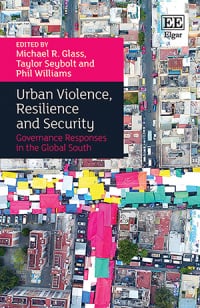
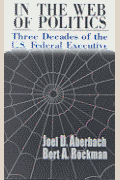

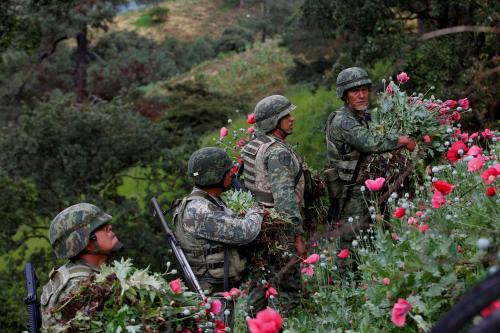

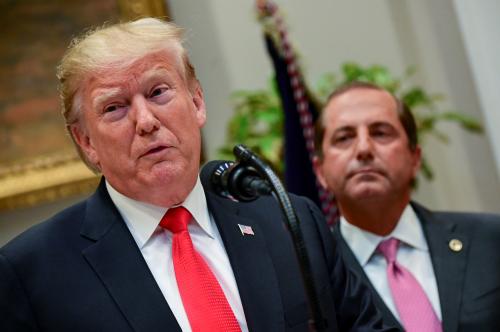

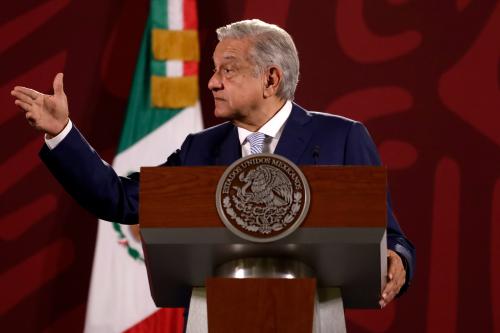
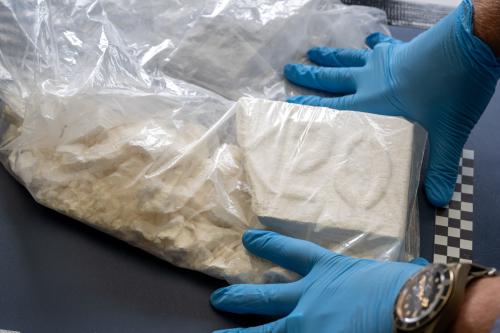
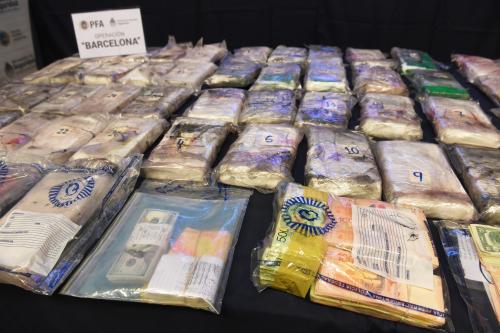
Commentary
The pitfalls of poppy licensing in Mexico
August 31, 2020